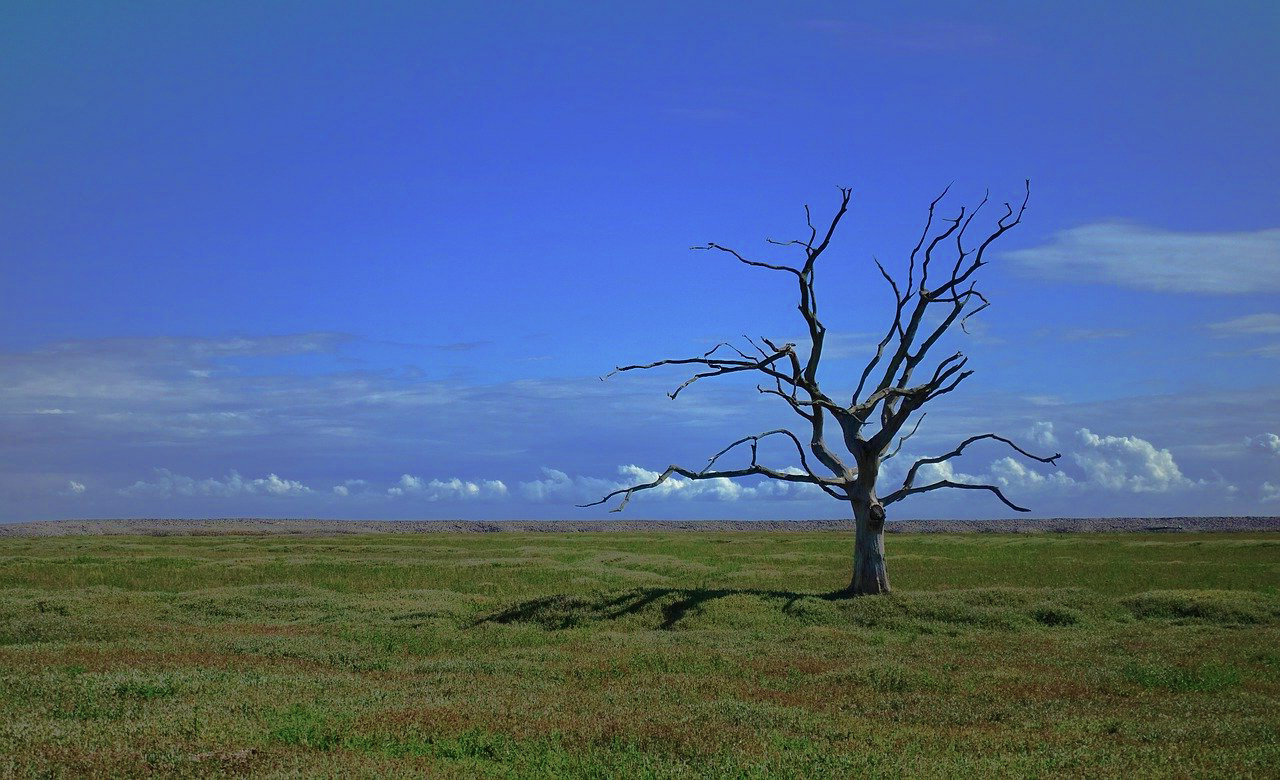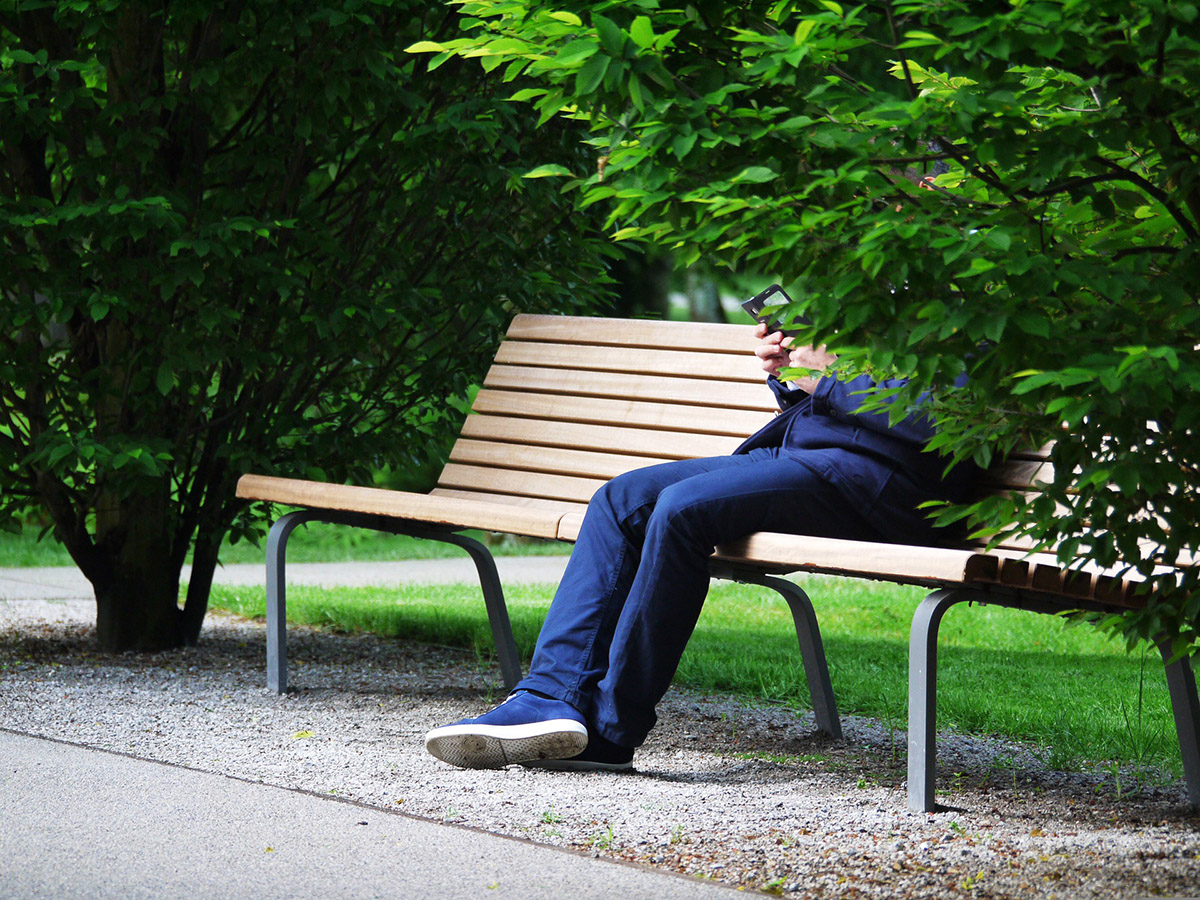
Trees – The Bigger they are, The Harder to Kill
When I bought my house, it came with a number of trees. Beautiful trees planted and cared for from the original landscape plan. All that was missing were instructions on their care. I had some agricultural training, and new the basic nutrients, but not how or how much to apply and when. I also had no idea about where, when or how to prune or anything about tree pests and diseases.
The first casualty was an ash tree, which had split and had to be chopped down. Next, I lost a big, beautiful birch to birch borers, which gradually killed everything from the top down. After that, my Japanese plum tree succumbed to plump pox. Then I lost a potentilla due to stupidity. Apparently, they require water when planted under an overhang.
Immaculately manicured juniper bushes framing my front window have now also ballooned to 3 times their original size and await heavy snowfalls to snap their branches. And finally, a showpiece evergreen hedge was mangled by trimming and expecting needles to sprout where none had grown for years.
About the only think I haven’t killed is my willow tree, which is oversized for the yard and requires yearly pruning. A couple of years after I moved in the willow had choked light and water to everything underneath. The trunk is about 18 inches thick, and 8 feet up sprouts into a tangled mess, the point where previous owners had pruned. I hacked it back a couple of times, but not having the best of luck with other trees, when I spotted guys in my neighbor’s yard trimming, I contracted them to prune. Blind faith my neighbor had vetted my new arborists was a masterclass in undue diligence.
My new arborists had two qualifications. First, one guy owned a truck. Second, the other guy was drunk enough to climb a tree, but not far gone enough to fall out. After cutting practically all the branches off the tree, it took 3 years to recover. I then hired a real arborist, and he’s selectively pruned so I have both shade and a canopy of beauty, which filters light and rain to the understory.
Willows are remarkably resilient and well liked for their shade and beauty except in the fall when they drop their leaves well after everything else, typically after a snowfall so you can’t rake them up.
On a positive note, a third attempt to replant my potentilla has been successful. I asked the druid at the garden center how to care for it. I expected a lengthy set of instructions, but all he grunted was “water it heavy once a week”. I’ll be tacking these instructions inside my garden shed for when my memory fades or whoever buys my house after my roots rot, trunk splits and I get chipped into the big compost pile in the sky.




This Post Has 0 Comments